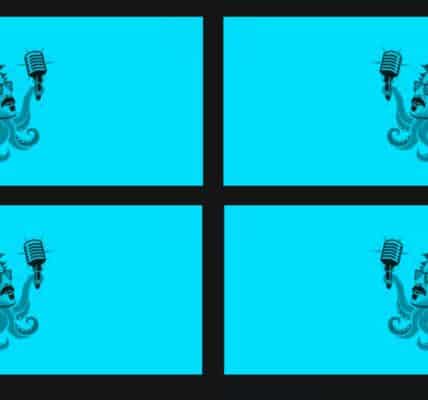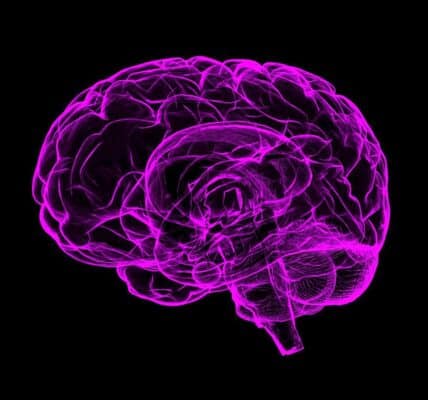Contingency Management Comes of Age

The tide of addiction treatment is finally turning toward the one practice with the best track record that is neglected nonetheless: contingency management. What is contingency management (CM)? It’s when you pay people to enter treatment, they enter treatment. When you pay them to show up, they show up. When you pay them to take their meds, they take their meds. When you pay them to recover, they recover.
Those are the shocking results of survey after survey evaluating CM. If you pay people to get better, they get better. If you pay them to recover, they recover. It doesn’t even have to be that much. Gift cards, vouchers, goods, services… almost any form of payment seems to work, though the reward must be immediate and reliable.
Washington State University News recently reported on contingency management studies conducted at the Elson S. Floyd College of Medicine:
Studies show CM is effective in treating a range of addictions. Besides stimulants, those include alcohol, cannabis and tobacco, and in conjunction with medications, treating opioid use disorder. CM works with a diversity of clients, including people experiencing homelessness or who have mental health issues.
Researchers at WSU are developing a smartphone app that will allow them to roll out CM to more rural areas. WSU is the home of the Program of Excellence in Addictions Research, or PEAR, founded by addiction expert Dr. John Roll, and currently directed by Dr. Sterling McPherson. The goal of PEAR is to “advance innovative, scientifically rigorous approaches to the understanding, treatment, and prevention of addictions.”
A recent publication involving PEAR is a fascinating study into combining a community reinforcement approach (CRA) with contingency management (CM) delivered via smartphone application into something they call the Therapeutic Education System (TES). CRA is a protocol for assessing substance use disorders or behavioral disorders for the purpose of developing a treatment plan. We’ll dig deeper into CRA next week here on AddictionNews.
PEAR researchers conducted a trial to determine the cost-effectiveness of contingency management programs for substance use disorder. A 12-week trial was held at 10 outpatient community-based treatment programs, and 507 individuals with substance use disorder were recruited to participate. A randomized 50% of participants were given treatment as usual for the disorder, and the other half were given treatment as usual plus TES: smartphone-delivered contingency management. A follow-up was conducted 24 weeks out and 36 weeks out from the start of the trial.
The researchers determined that when TES was added to the standard outpatient treatment for substance abuse, there was “at least a 95% chance of being considered cost-effective for providers and payers with willingness-to-pay thresholds as low as $20,000 per abstinent year.” If I’m reading that correctly, it means healthcare providers willing to pay a patient a minimum of $20,000 for a year of abstinence would be highly likely to achieve that result.
A report from the U.S. Department of Health and Human Services (HHS) last year evaluating contingency management found that CM “is widely considered the most effective treatment for stimulant use disorder,” and concluded:
Ultimately, there is immense need to expand the implementation of CM, as it has tremendous potential to address the nation’s high rate of overdose deaths and, in particular, the increasing rate of stimulant-involved overdose deaths.
The HHS summary of recommendations for entities overseeing CM implementation is a roadmap for designing highly successful CM efforts. It’s a long document with a lot of detailed information on setting up, implementing, and monitoring CM programs. Here’s just a shortlist of a few of their top suggestions:
- Require that providers adhere to established, evidence-based, efficacious treatment protocols that incorporate objective verification of incentivized behaviors.
- Establish voucher- and prize-based CM incentive magnitudes that are sufficiently high to reinforce recovery-related behaviors as demonstrated in the literature.
- Require the use of treatment protocols of at least 12 weeks duration when abstinence or treatment attendance are the incentivized behaviors.
- Select incentives that are perceived as valuable to clients, including items, services, and vouchers or gift cards with purchase restrictions.
- Implement treatment protocols in which opportunities to receive incentives occur with sufficient frequency to effectively reinforce the desired behavior. They suggest:
- Abstinence: twice or thrice weekly.
- Treatment session attendance: at least once weekly.
- Medication adherence (for medications administered monthly): once monthly.
- Provide incentives immediately after the incentivized behavior is verified.
- Offer CM as part of a continuum of evidence-based treatment options and services for substance use disorders.
- Consider using telehealth as a strategy to expand access to CM.
We’ll be taking a longer look at several of these subjects next week on AddictionNews, including the community reinforcement approach (CAR), contingency management (CM), and the road to recovery from substance use disorders and behavioral health disorders.
Written by Steve O’Keefe. First published April 11, 2024.
Sources:
“Contingency Management is gaining favor for treating addiction,” Washington State University News, April 9, 2024.
“Cost-effectiveness of an internet-delivered treatment for substance abuse: Data from a multisite randomized controlled trial,” Drug and Alcohol Dependence, April 2016.
“Contingency Management for the Treatment of Substance Use Disorders: Enhancing Access, Quality, and Program Integrity for an Evidence-Based Intervention,” U.S. Department of Health and Human Services, November 2023.
Image Copyright: liudmilachernetska.




